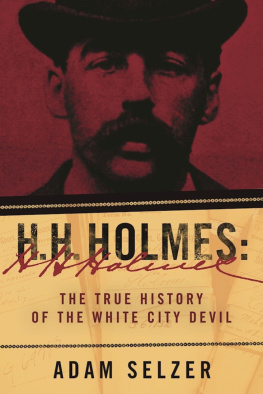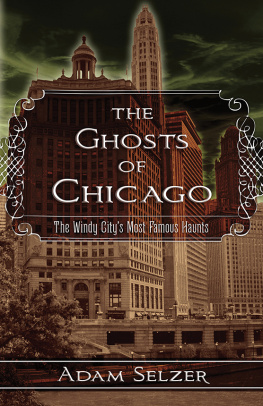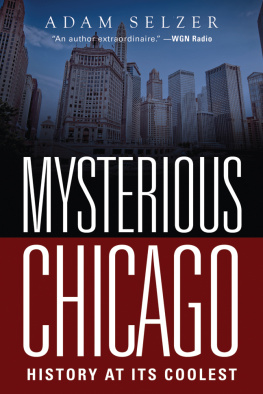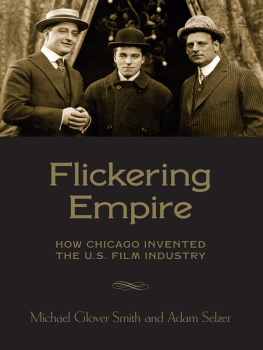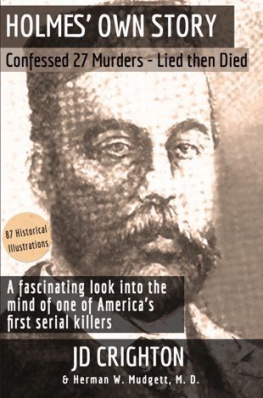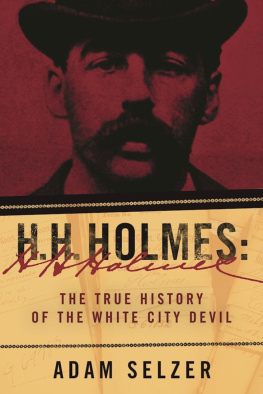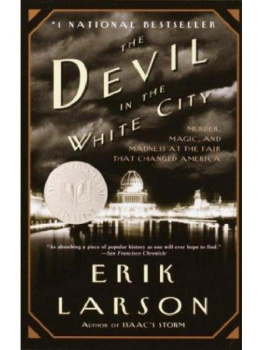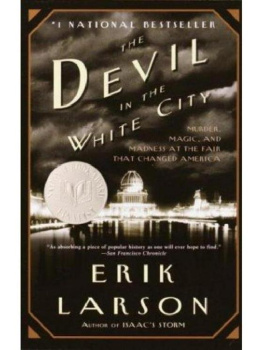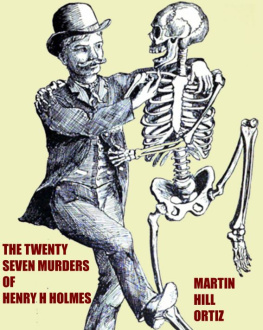


Copyright 2019 by Adam Selzer
All rights reserved. No part of this book may be reproduced in any manner without the express written consent of the publisher, except in the case of brief excerpts in critical reviews or articles. All inquiries should be addressed to Skyhorse Publishing, 307 West 36th Street, 11th Floor, New York, NY 10018.
Skyhorse Publishing books may be purchased in bulk at special discounts for sales promotion, corporate gifts, fund-raising, or educational purposes. Special editions can also be created to specifications. For details, contact the Special Sales Department, Skyhorse Publishing, 307 West 36th Street, 11th Floor, New York, NY 10018 or .
Skyhorse and Skyhorse Publishing are registered trademarks of Skyhorse Publishing, Inc., a Delaware corporation.
Visit our website at www.skyhorsepublishing.com.
10 9 8 7 6 5 4 3 2
Library of Congress Cataloging-in-Publication Data is available on file.
Cover design by Qualcom Designs
Cover photo: Boston Police Department
ISBN: 978-1-5107-4084-6
Ebook ISBN: 978-1-5107-4085-3
Printed in the United States of America
Contents
Introduction
In March of 1893, when Carter Harrison was running for a fifth term as mayor of Chicago, the Chicago Evening Post warned that if Harrison were in charge of the city during the upcoming Worlds Fair, every criminal in the world would be moving right to town.
It is the business of crime to know what places are safe, they wrote. When a town or city is labeled right, murderers, thieves, safe-blowers, highwaymen, pickpockets, and all species of criminals inquire no further. It goes down on their list as a place where they will be insured protection in the prosecution of any nefarious calling in which they may be engaged. For a month every train that entered Chicago has brought recruits.... On to Chicago is the cry of the criminal army, and on to Chicago that army is marching. Part of it is here already, and if Carter Harrison should be elected Mayor, the city will be given over to plunder.
In one of those strange coincidences that can sometimes make history feel like quantum physics, Chicagoans reading the Tribune that morning had already been treated to the first major article about a South Side man who went by the name of H. H. Holmes.
Soon, he would be given titles such as The Arch-Fiend of the Age and The Greatest Criminal of this Expiring Century As of March of 1893, he was only thought of as an inventive swindler, but the elements of a story that could grow into a really ripping legend were all in place.
Buried among news about the Worlds Fair (and the Tribune s own condemnations of Harrison), the lengthy article said that Holmes was using hidden rooms and secret passages in his Englewood building to defraud his creditors:
HID IN SECRET ROOMS
Where Dealers Discover Their Missing Furniture
Mr. Holmes Purchases It, Takes It To His Worlds Fair Hotel on Sixty-Third Street, and Neglects to Settle A Search for the Property Leads to the Discovery of Apartments Between Floors and Ceilings In Which Some of the Goods Are Stowed.
A little over thirty years old, Holmes had been in Chicago for six months, according to the Tribune (though it was really more than six years). A trained doctor and a pharmacist by trade, he would later be described as a man of medium height, slight build, and a very nervous temperament. He has a habit of winding his fingers together while talking. He has a little black mustache and a pair of cold blue eyes, one of which, like his record, is not straight. No one could possibly write a better description of a classic melodrama villain.
Soon, people would be calling his building The Holmes Castle and, decades later, The Murder Castle. Though later investigations there failed to turn up much that was particularly damning, an untrained and unqualified new police chief convinced himselfand the newspapersthat hed discovered a building that would clear up every unsolved crime of the Harrison era. Newspapers went along for the ride, and eventually, Holmes, by then awaiting execution for one single murder, did, too.
By the twenty-first century, Holmes had entered American folklore as the man who built a hotel full of torture chambers to prey on visitors who came to the Worlds Fair and may have killed hundreds of people, making him our first and most prolific serial killer. Holmes had already been known as the king of criminals before hed even been formally accused of murder, but now he was a veritable supervillain.
If you trace the story about Holmes day by day, then through the years, you can see how many of the most common tales about him simply grew out of idle gossip in newspapers and police propagating theories that would be promptly dismissed as nonsense. But no one did more to turn the gossip into legend than Holmes himself. The man was, beyond doubt, a pathological liar. He lied to his various wives, to his friends, to his lawyers, to his employees, to detectives, to reporters, and to everyone else, right down to the census man. He lied in his diary.
Many of the stories of him and his Castle are pure fiction. The castle never for one day truly functioned as a hotel, and the actual number of Worlds Fair tourists hes suspected of killing there has remained the same since 1895a single woman, Nannie Williams. The hidden rooms were almost certainly used more for hiding stolen furniture than for destroying bodies. The legend of The Devil in the White City is effectively a new American tall taleand, like all the best tall tales, it sprang from a kernel of truth.
Holmess career and the 1895 investigation into his castle is one of the most fascinating chapters in the annals of Victorian crime. There was a diverse cast of characters assembled around Englewood in July and August of 1895. Apart from Holmess wife and employees, there were reporters, lawyers, amateur detectives, families of the missing, former castle residents, incompetent police chiefs, shady lawyers, and throngs of the curious. It was a real-life mystery, and everyone tried their hand at figuring out what Holmes had been up to in that building and what had become of the people who had disappeared from the place.
In Philadelphia, where Holmes was awaiting trial, there were daring sleuths, vengeful insurance companies, a fiery district attorney, a rising legal star, mad scientists, and conniving reporters. There was even a bumbling attorney who successfully became Holmess lawyer by means of a cheap stuntand found himself in way over his head.
Elsewhere around the country, there were more swindling victims, former cellmates, relatives of the missing, old classmates, and family members who all had something to say about the man.
And at the center of it all sat H. H. Holmes, a frail little man in a prison cell spinning yarns for the press and sending investigators on wild-goose chases.
His story took place during a wonderful transitional period of history, when society floated between the Old World and the New. The generation who fought the Civil War was slowly drifting out of public life; Holmes was of the generation right after, the Theodore Roosevelt generation that would lead America into the twentieth century. In 1886, when he arrived in suburban Englewood, Illinois, the gaslights were five years old, and electricity was just a few years away. Photographs were common, though the means of reproducing them were notnewspapers published drawings of photos instead of the actual shots. Moving pictures had been invented and would debut publicly while Holmes was in town, but they werent yet being used to document newsthe first movies shot in Chicago wouldnt be filmed until the year Holmes died. Sound could now be recorded and reproduced, but phonographs were still far beyond the means of most buyers. A number of businesses now listed a four-digit telephone number in their newspaper ads, but few citizens had phones with which to call them. Trains ran in and out of Englewood constantly, streetcars started operating in the neighborhood while Holmes was there, and he might have even seen an automobile go by on Sixty-Third Street every now and then, but horses were still essential to everyday transportation.
Next page
